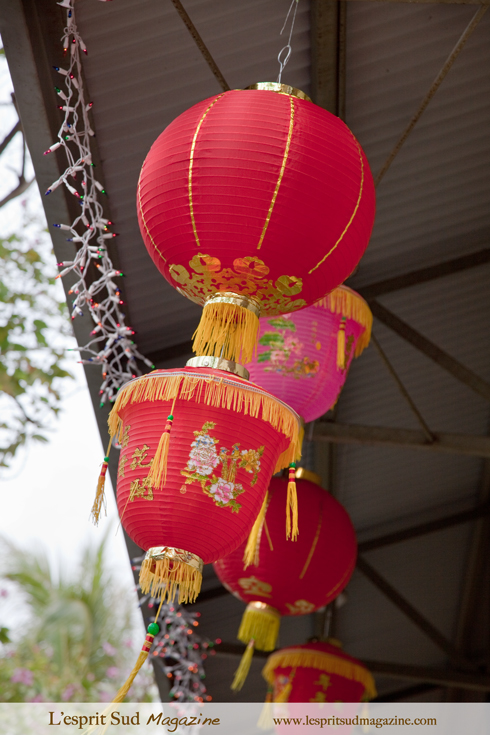
After a morning full of exploration, we are back in downtown Honolulu right in time for lunch. Honolulu is composed of many different interesting districts, so we decided to spend some time in the Chinatown Historic District, one of the oldest Chinatowns in the United States. Compared to larger cities like San Francisco, this Chinatown may seem on the smaller size. However, the 15-block district is really alive with a mix of Asian cultures, and has long been a popular gathering place for local residents and visitors.
Our first objective was to find a good place to eat. After some search, we decided to go to the Little Village Noodle House. A long-standing Hawaii institution, the Little Village concept was conceived way back in 1974 when owners Kenneth and Jennifer Chan first stepped foot on American soil. Arriving in Honolulu from China with only a suitcase and $100 to their name, the young married couple worked in the restaurant business and saved for nearly ten years in order to open a restaurant of their own.
Their work paid off in 1984 when they opened their 30 seat “hole in the wall” in the University district. Through the years, the Chan's have started many successful ventures, the most famous being the Little Village which opened its doors in April 2001. An instant hit for Downtown business people and Chinatown visitors, this latest effort has earned the Chan’s exceptional reviews in almost every major local publication.
Their work paid off in 1984 when they opened their 30 seat “hole in the wall” in the University district. Through the years, the Chan's have started many successful ventures, the most famous being the Little Village which opened its doors in April 2001. An instant hit for Downtown business people and Chinatown visitors, this latest effort has earned the Chan’s exceptional reviews in almost every major local publication.

Entrance of the Little Village Noodle House in the heart of the Chinatown Historic District

Lettuce wrap as presented to the table: Stir-fried minced chicken, chives, mushrooms, bean sprouts, & chestnuts. ($ 8.95/8 pcs.)
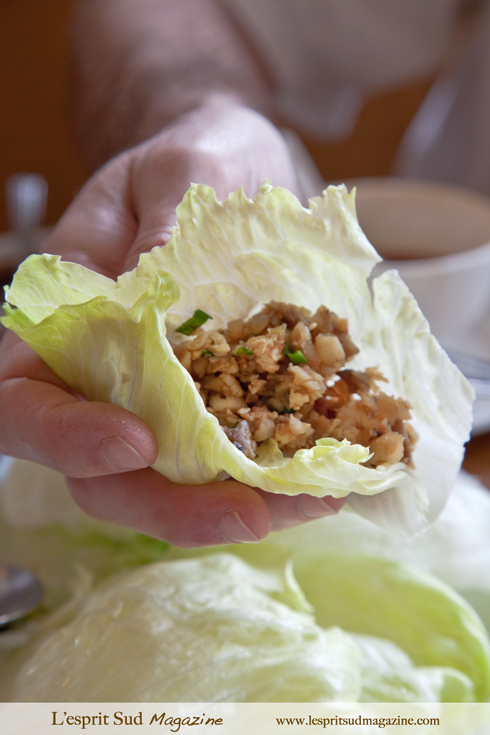
Lettuce wrap served on fresh crispy lettuce leaves.

Steamed Won Ton: Northern style won ton filled with pork and vegetables served with hot peanut sauce. ($ 7.75/10 pcs.)
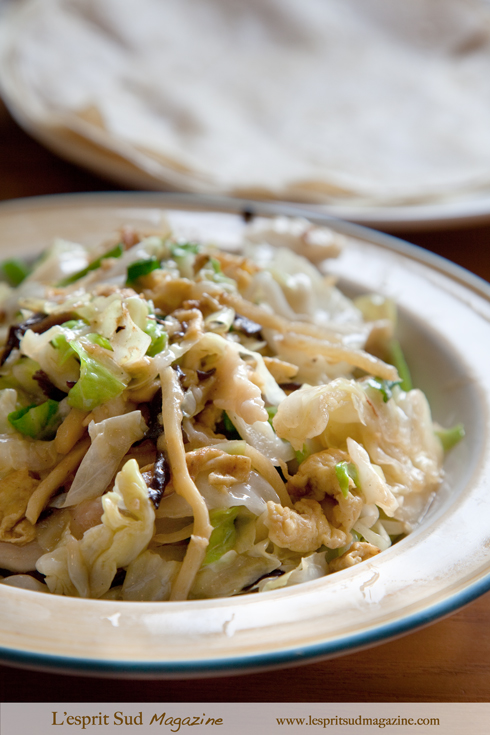
Mu-Shu Roll: A very popular item. Stir-fried shredded pork or chicken with vegetables and spices, wrapped in a thin crepe. Served with hoisin sauce. (Vegetarian roll also available). ($ 8.95/4 rolls)
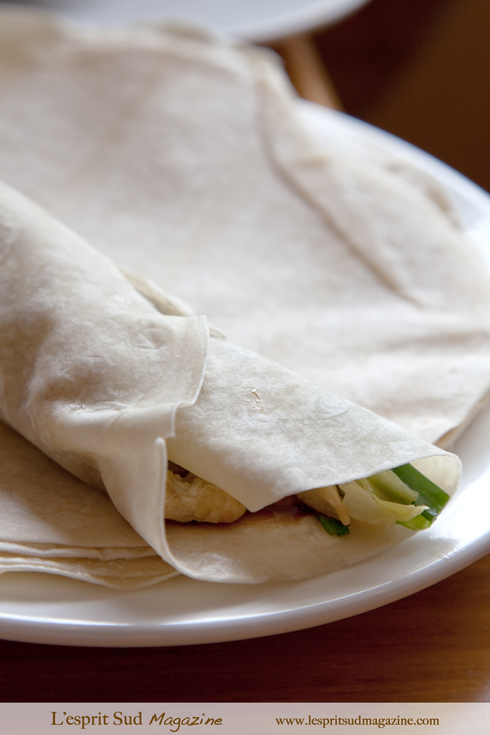
Mu-Shu Roll served on a thin crepe.
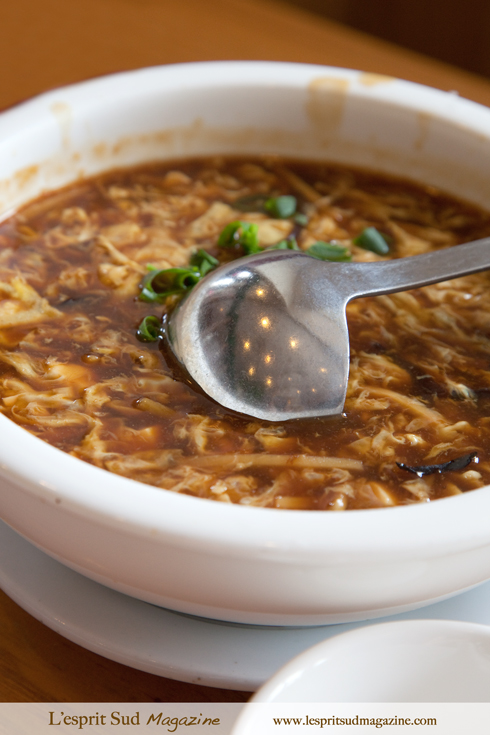
Hot & Sour Soup: Simmered pork, tofu, bamboo shoots, and shitake mushrooms in perfect harmony with spicy pepper and vinegar. ($8.50)
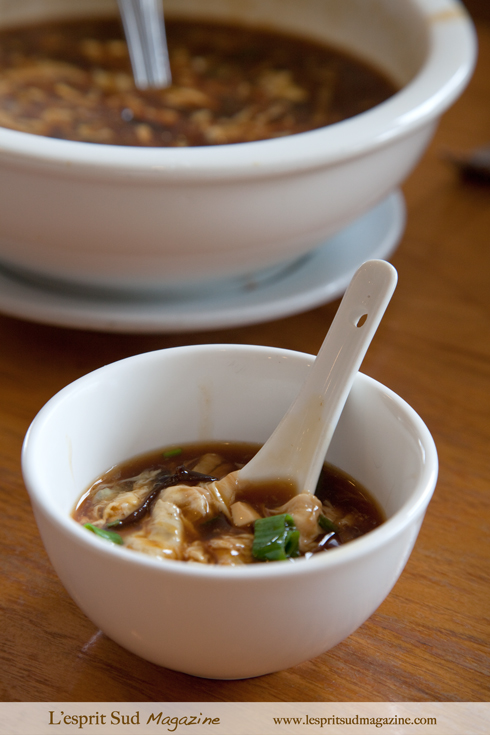
Chinatown's history can be traced back in the late 18th century when the first Chinese arrived in Hawaii, and became a community of family stores. Starting in 1852, many Chinese arrived as contract laborers for the growing sugar industry. By 1882, the Chinese population in Honolulu had reached 5,000 and constituted 49% of the total plantation work force. Many became merchants after their contracts expired, and moved to this area. At that time Chinatown was made up of dry-goods and produce merchants, tailors and dressmakers, barbers and herbalists.
In January 1900, almost the entire neighborhood was burned to the ground to halt the spread of bubonic plague, schools were closed and 7000 residents of the area were put under quarantine. Many of the buildings present in Chinatown today date from 1901. One of the most famous, the Oahu Market built in 1904 at the corner of King and Kekaulike streets, still remains in use for selling fresh fish and produce, and has become one of the symbol of the Historic District.
After World War II the area fell into disrepair and became a red-light district. In an effort to preserve its heritage, about 36 acres (15 ha) of the district was added to the National Register of Historic Places listings in Oahu in January 1973. The area has been a target for a major revitalization plan since 2006*.
“We recognize and appreciate Chinatown's historic, cultural, and economic importance. Chinatown's assets - its architecture, businesses, ethnic diversity, restaurants, and arts and culture - are the core of its uniqueness and must be preserved.” - The Mayor of the City and County of Honolulu, Mufi Hannemann
Chinatown today remains a bustling, crowded and noisy place whose primarily purpose is on buying and selling. The meat, fish and produce stalls remain, within a mix of gift stores, lei stands, and dozens of restaurants. If you are lucky to be here during the celebration of the Chinese New Year between January 20 and February 20, you will enjoy many outdoor festivities such as lion dancers, and cheerful bright-red lanterns and decor are displayed all around town.
In January 1900, almost the entire neighborhood was burned to the ground to halt the spread of bubonic plague, schools were closed and 7000 residents of the area were put under quarantine. Many of the buildings present in Chinatown today date from 1901. One of the most famous, the Oahu Market built in 1904 at the corner of King and Kekaulike streets, still remains in use for selling fresh fish and produce, and has become one of the symbol of the Historic District.
After World War II the area fell into disrepair and became a red-light district. In an effort to preserve its heritage, about 36 acres (15 ha) of the district was added to the National Register of Historic Places listings in Oahu in January 1973. The area has been a target for a major revitalization plan since 2006*.
“We recognize and appreciate Chinatown's historic, cultural, and economic importance. Chinatown's assets - its architecture, businesses, ethnic diversity, restaurants, and arts and culture - are the core of its uniqueness and must be preserved.” - The Mayor of the City and County of Honolulu, Mufi Hannemann
Chinatown today remains a bustling, crowded and noisy place whose primarily purpose is on buying and selling. The meat, fish and produce stalls remain, within a mix of gift stores, lei stands, and dozens of restaurants. If you are lucky to be here during the celebration of the Chinese New Year between January 20 and February 20, you will enjoy many outdoor festivities such as lion dancers, and cheerful bright-red lanterns and decor are displayed all around town.
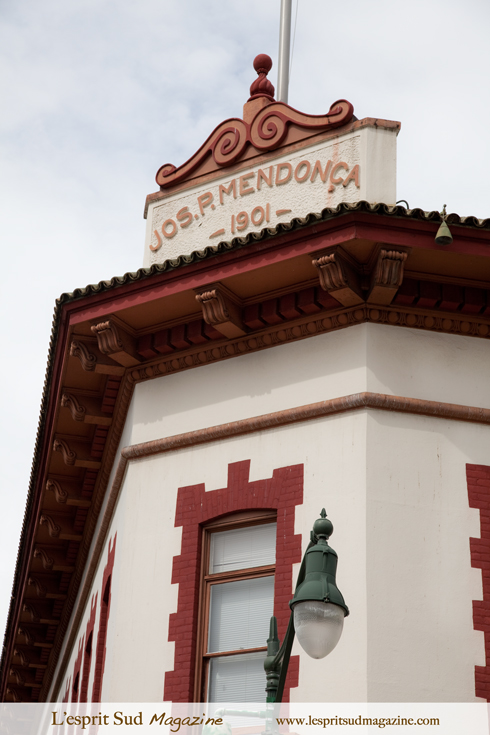
Typical building of the Chinatown Historic District that was built post the great fire of 1900.
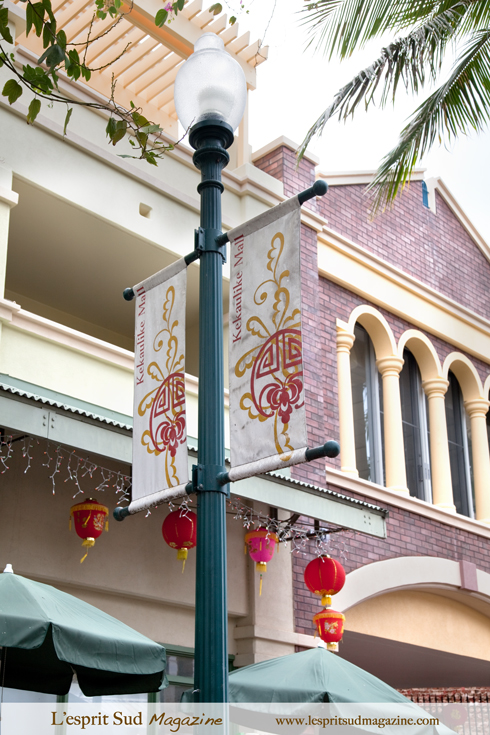
Kekaulike Mall: Example of a new development within the historic district.

Kekaulike Mall: A gathering place for Chinatown residents buying fresh vegetables, exotic herbs and tropical fruits, pig’s heads, chicken feet, live eel and fish.
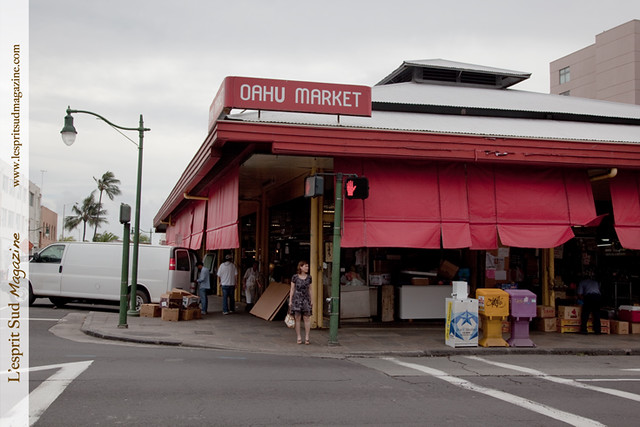
The historic Ohau Market, founded in 1904.
Immigrants of China, Thailand, Laos, Japan, Philippines, Vietnam, and Hawai’i all live and work in Chinatown in a harmonious blend of cultures, traditions and lifestyles. A common thread across all these cultures is definitely Buddhism. Many Buddhist temples and shrines can be found all around Chinatown as well as around the Islands, a lot of them being devoted to Kuan Yin.
According to the legend, Kuan Yin is the goddess of Mercy, the one that chose to remain on earth doing good even after having achieved enlightenment. Women are her primary worshippers, but this goddess also comforts the troubled, the sick, the lost, the senile and the unfortunate, as well as protects seafarers, farmers and travelers - just the deity needed for an immigrant people building a new life far from home. There are many representations of her all over the Islands: holding a lotus flower (symbolizing beauty in the form of the flower which grows from the mud of human fragility), pouring out a pitcher of oil (symbolizing mercy flowing), or as a sort of Madonna with a child.
A couple of blocks away from Chinatown and near the entrance of Foster Botanical Garden is The Kuan Yin Temple, a bright-red Buddhist temple with a green ceramic-tile roof. Devotees burn paper 'money' for prosperity and good luck, and offerings of fresh flowers and fruit are placed at the altar. The Buddhist temple which has been on this site since 1880, is the oldest in the Islands. It is still a house of worship, not an exhibit, and respectful visitors are welcome.
According to the legend, Kuan Yin is the goddess of Mercy, the one that chose to remain on earth doing good even after having achieved enlightenment. Women are her primary worshippers, but this goddess also comforts the troubled, the sick, the lost, the senile and the unfortunate, as well as protects seafarers, farmers and travelers - just the deity needed for an immigrant people building a new life far from home. There are many representations of her all over the Islands: holding a lotus flower (symbolizing beauty in the form of the flower which grows from the mud of human fragility), pouring out a pitcher of oil (symbolizing mercy flowing), or as a sort of Madonna with a child.
A couple of blocks away from Chinatown and near the entrance of Foster Botanical Garden is The Kuan Yin Temple, a bright-red Buddhist temple with a green ceramic-tile roof. Devotees burn paper 'money' for prosperity and good luck, and offerings of fresh flowers and fruit are placed at the altar. The Buddhist temple which has been on this site since 1880, is the oldest in the Islands. It is still a house of worship, not an exhibit, and respectful visitors are welcome.
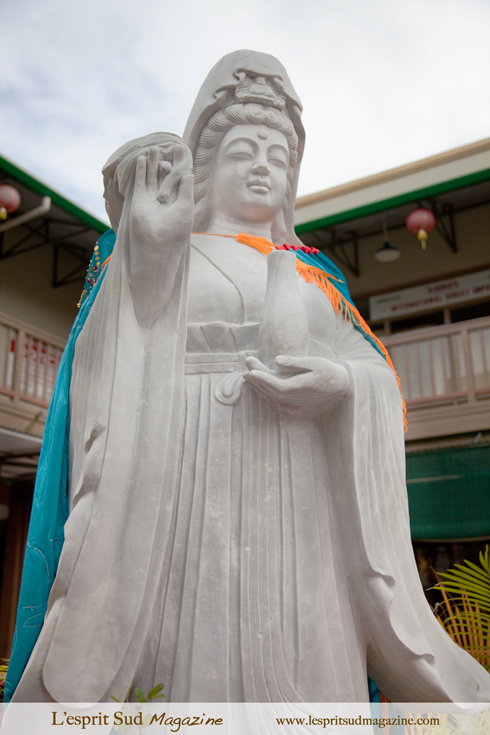
One of the many Kuan Yin representation found in Chinatown and around the Islands.
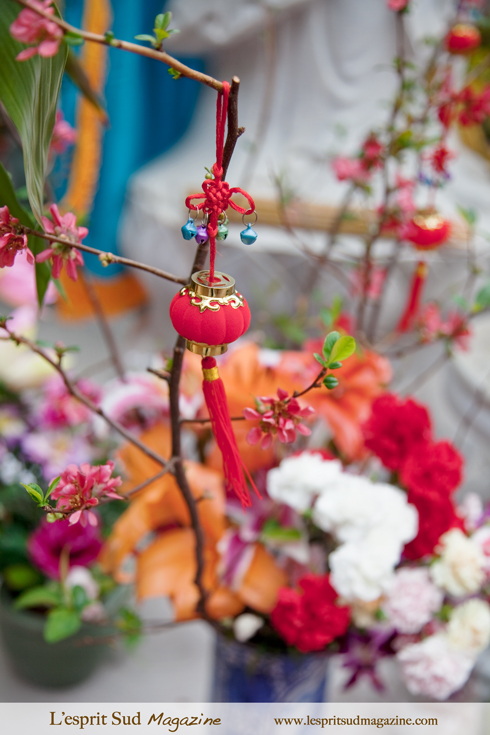
Flowers offered to the goddess Kuan Yin.

Spotted doves (Streptopelia chinensis) playing at the Kuan Yin Temple.
Finally, no trip to Chinatown is complete without buying Leis. Maunakea street is filled with leis shops where price range from $4 to $25, depending on the length and the complexity of the design. Although the lei custom is purely Polynesian, it is in Chinatown that will find the most extraordinary and affordable garlands. It is fascinating to see the artists, mostly women, armed with a huge needle and creating such amazing patterns.
There are very few "rules" when it comes to wearing a Hawaiian lei. Anyone can wear one, and there need not be an occasion. It is common for locals to have a nut, seed or shell lei on hand to wear on special occasions. There are, however, a couple of "unspoken rules" one should know when receiving a lei for the first time.
A lei should be a welcomed celebration of one person's affection to another. Therefore, always accept a lei, never refuse. The proper way to wear a lei is gently draped over the shoulders, hanging down both in front and in back. It is considered rude to remove a lei from your neck in the presence of the person who gave it to you, so if you must, be discreet...
There are very few "rules" when it comes to wearing a Hawaiian lei. Anyone can wear one, and there need not be an occasion. It is common for locals to have a nut, seed or shell lei on hand to wear on special occasions. There are, however, a couple of "unspoken rules" one should know when receiving a lei for the first time.
A lei should be a welcomed celebration of one person's affection to another. Therefore, always accept a lei, never refuse. The proper way to wear a lei is gently draped over the shoulders, hanging down both in front and in back. It is considered rude to remove a lei from your neck in the presence of the person who gave it to you, so if you must, be discreet...
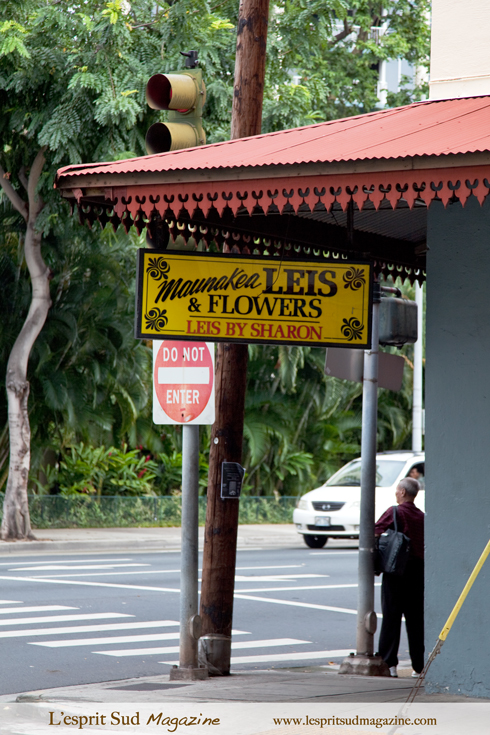 A leis and flower shop on Maunakea street.
A leis and flower shop on Maunakea street.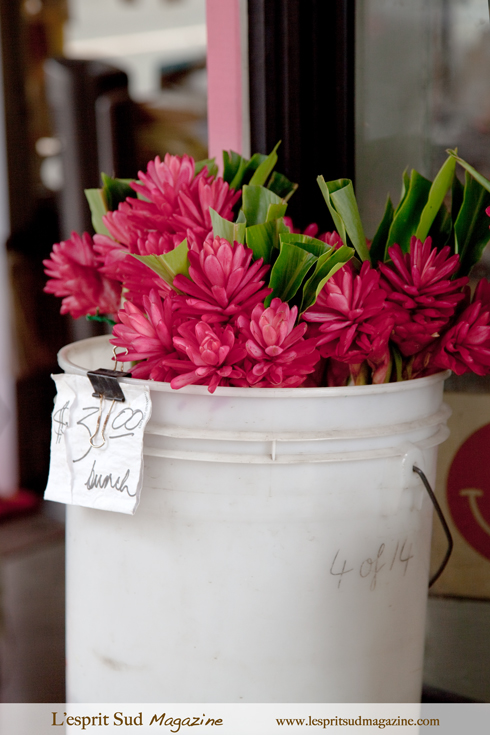
Tropical flowers are "outrageously" inexpensive on Maunakea street.
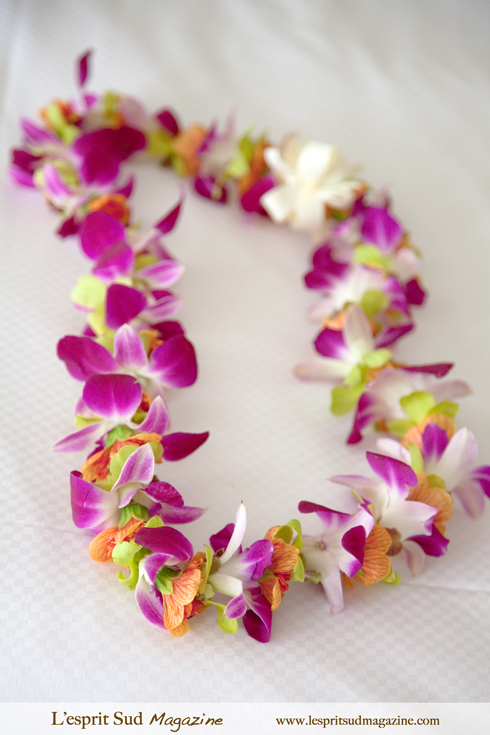
To read Part 3 of this article.
For more information
Little Village Noodle House
Open everyday
(Sunday to Thursday: 10:30 am - 10:30 pm, Friday & Saturday: 10:30 am - 12 am.)
The Little Village Noodle House is considered to be the best Chinese restaurant in Honolulu. The restaurant has received over the years many awards from well known magazines such as Gourmet, and Honolulu Magazine.
Our review: After a morning full of discovery, we were quite hungry so we decided on taking 5 appetizers. This allowed us to have a small overview of the restaurant's reputation. Every dishes were very tasty, and we could tell that the ingredients used were fresh (No MSG). We were there on a sunday at lunch time, so the place was not too crowded, and service was fast and friendly. According to other reviews from the Internet, the restaurant can become very busy on Friday and Saturday night, so be prepared to wait for some good chinese food. Our bill was quite affordable at $55 including taxes and gratuity. Our conclusion is that The Little Village Noodle House does really live up to its reputation.
1113 Smith Street
Honolulu, HI 96817
USA
Tel: (808) 545 3008
Website
Duc's Bistro
Oahu Market
Open everyday from 6:00am - 6:00pm
Those interested in Asian cooking will find all the necessary ingredient here, including pigs' head, poultry, fresh octopi, pungent fish sauce, and 1,000-year-old eggs. This market has been at this spot since 1904. (Corner of King and Kekaulike streets).
(Sunday to Thursday: 10:30 am - 10:30 pm, Friday & Saturday: 10:30 am - 12 am.)
The Little Village Noodle House is considered to be the best Chinese restaurant in Honolulu. The restaurant has received over the years many awards from well known magazines such as Gourmet, and Honolulu Magazine.
Our review: After a morning full of discovery, we were quite hungry so we decided on taking 5 appetizers. This allowed us to have a small overview of the restaurant's reputation. Every dishes were very tasty, and we could tell that the ingredients used were fresh (No MSG). We were there on a sunday at lunch time, so the place was not too crowded, and service was fast and friendly. According to other reviews from the Internet, the restaurant can become very busy on Friday and Saturday night, so be prepared to wait for some good chinese food. Our bill was quite affordable at $55 including taxes and gratuity. Our conclusion is that The Little Village Noodle House does really live up to its reputation.
1113 Smith Street
Honolulu, HI 96817
USA
Tel: (808) 545 3008
Website
Duc's Bistro
Open everyday
(Monday to Friday: Lunch (11:00 am 2:00 pm) and Dinner (5:00 pm - 10:00 pm), Saturday & Sunday: Dinner only)
Duc's Bistro is an upscale restaurant serving traditional Vietnamese and classic French cuisine. The service is elegant and refined, and the restaurant also offers a decent wine list and live music.
Our review:The restaurant has excellent reviews in many guides but is unfortunately closed on Sunday for lunch ... which was the day we chose to be in Chinatown. If you are looking for a fine dining experience in the heart of Chinatown, we are still confident this is a place to go.
1188 Maunakea Street
Honolulu, HI 96817
USA
Tel: (808) 531 6325
Website
(Monday to Friday: Lunch (11:00 am 2:00 pm) and Dinner (5:00 pm - 10:00 pm), Saturday & Sunday: Dinner only)
Duc's Bistro is an upscale restaurant serving traditional Vietnamese and classic French cuisine. The service is elegant and refined, and the restaurant also offers a decent wine list and live music.
Our review:The restaurant has excellent reviews in many guides but is unfortunately closed on Sunday for lunch ... which was the day we chose to be in Chinatown. If you are looking for a fine dining experience in the heart of Chinatown, we are still confident this is a place to go.
1188 Maunakea Street
Honolulu, HI 96817
USA
Tel: (808) 531 6325
Website
Oahu Market
Open everyday from 6:00am - 6:00pm
Those interested in Asian cooking will find all the necessary ingredient here, including pigs' head, poultry, fresh octopi, pungent fish sauce, and 1,000-year-old eggs. This market has been at this spot since 1904. (Corner of King and Kekaulike streets).

Interactive map
Check out our interactive map of Hawaii to see where I took all the pictures featured in this article.
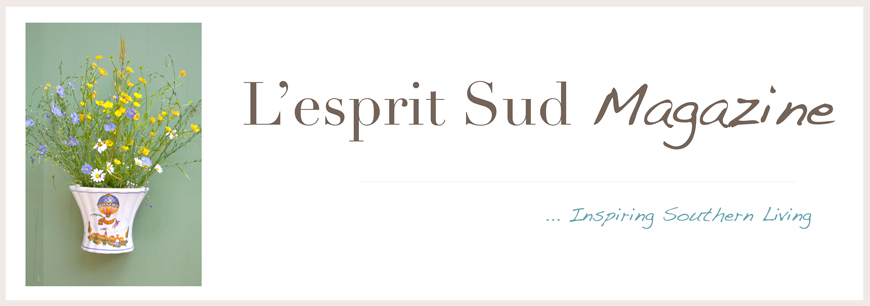
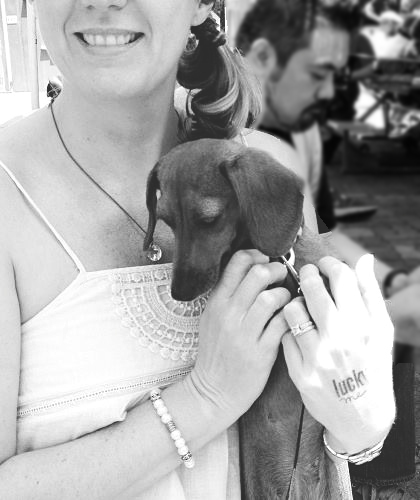

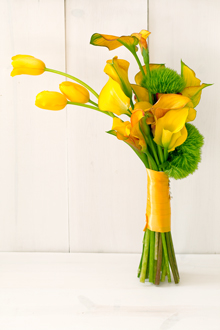
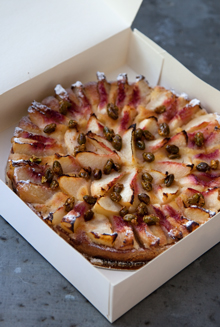
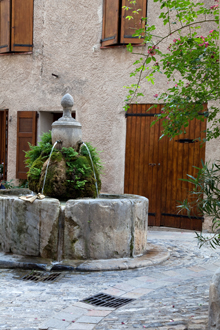

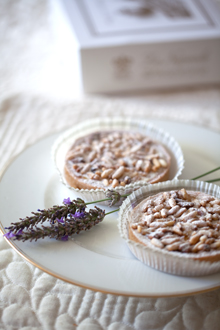

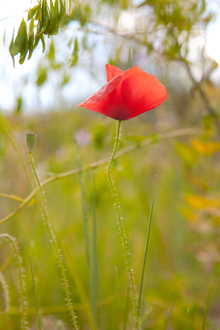

No comments:
Post a Comment
Thank you for stopping by. I will be very happy to read your comments and questions.
Sandra